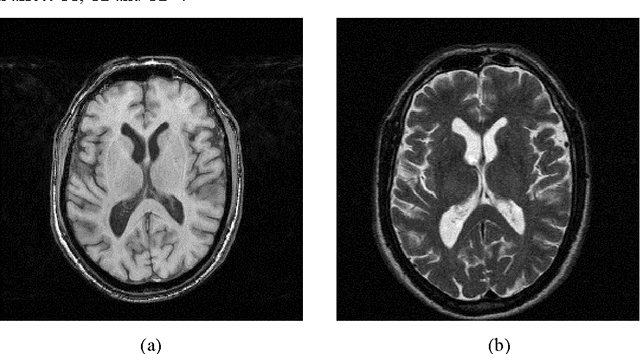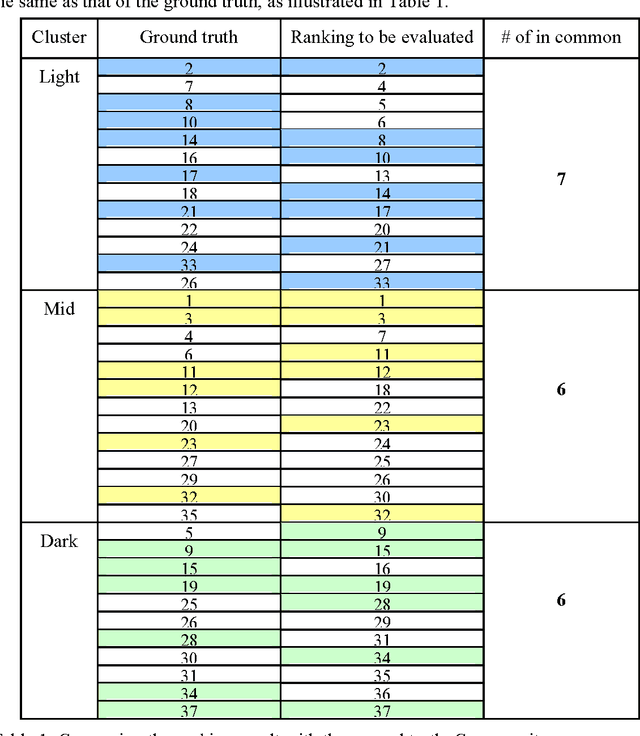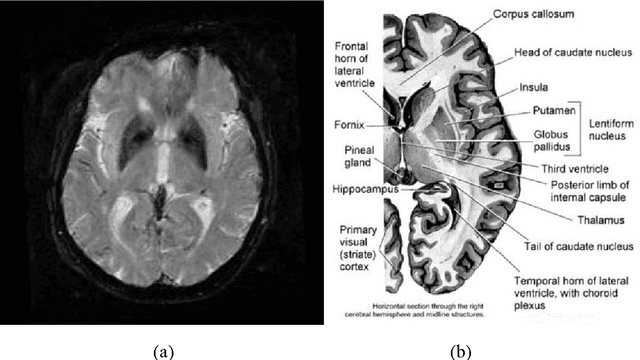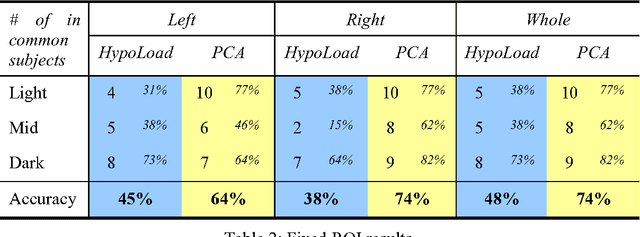Binary and nonbinary description of hypointensity in human brain MR images
Paper and Code
Dec 31, 2010



Accumulating evidence has shown that iron is involved in the mechanism underlying many neurodegenerative diseases, such as Alzheimer's disease, Parkinson's disease and Huntington's disease. Abnormal (higher) iron accumulation has been detected in the brains of most neurodegenerative patients, especially in the basal ganglia region. Presence of iron leads to changes in MR signal in both magnitude and phase. Accordingly, tissues with high iron concentration appear hypo-intense (darker than usual) in MR contrasts. In this report, we proposed an improved binary hypointensity description and a novel nonbinary hypointensity description based on principle components analysis. Moreover, Kendall's rank correlation coefficient was used to compare the complementary and redundant information provided by the two methods in order to better understand the individual descriptions of iron accumulation in the brain.
 Add to Chrome
Add to Chrome Add to Firefox
Add to Firefox Add to Edge
Add to Edge